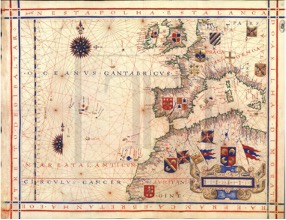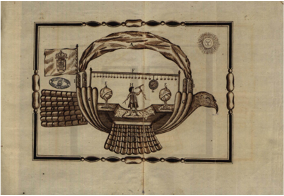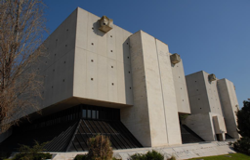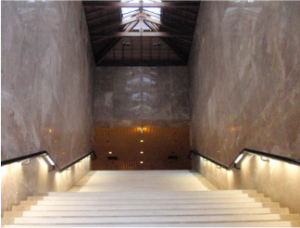After more than two years of hard work, one of three transmedia exhibitions planned in the scope of the European Digital Treasures project will be open in Lisbon under the title European Discoveries: from the new world to new technologies. The event will take place at Arquivo Nacional da Torre do Tombo, on 22nd of July 2021.

The idea of “discovery” – of exploring the unknown, of finding and trying new things, of creating new objects and artefacts, from innovative to conventional challenges – has been a constant in human and European history.
Over the centuries, its pursuit has united lands and peoples of various European nations in common endeavours. The story of the development of science and technological progress is truly a chapter of international cooperation in the history of Europe.
As the documents in this exhibition so clearly show, discoveries happened in Europe in the most diverse contexts, involving people from many different countries, in all historical periods: from isolated individual ventures to collective and even national undertakings; from the silence and comfort of a library to the controlled chaos of a construction site or a mine; from princely courts to artisans’ workshops. The protagonists and agents of these discoveries were a cross-section of European society. One finds famous intellectuals and anonymous craftsmen; highly skilled academics and almost illiterate sailors; aristocrats and workers, people from all countries and all levels of society.
While some of these documents refer to famous episodes and people who have become famous, others relate to stories that are much less known and almost forgotten. The variety of types of documents in this exhibition also confirms the variety of themes and contexts in which the desire to discover was exercised. One can find letters, books, photographs, X-ray images, drawings, manuscripts, printed leaflets, maps, reports, patent applications and much more, from the early Middle Ages to the 20th century.
Preserving the memory of the world of discoveries and inventions, of scientific progress and technological advances, is to protect one of the most characteristic elements of European identity and heritage.
The exhibition is organised around three pillars:
- 1 – Medicine
- 2 – Energy and Industry
- 3 – Transport and Navigation

PT/TT/MSLIV/1011
The visitors can interact with:
- 9 original documents from Torre do Tombo
- 34 digital reproductions of documents from eight countries distributed by interactive exhibitors
- 3 documents that allow the visitors to experience augmented reality technology
- 3 video games
- 2 videos presenting the project and its merchandising products
The National Archive of Torre do Tombo is a central state archive of national scope. It holds a diverse universe of archival heritage, including original documents from the 9th century to the present day, in a wide variety of media, fulfilling its main mission to safeguard, enhance and disseminate this heritage.

Torre do Tombo is one of Portugal’s oldest institutions. Since its installation in one of the towers of S. Jorge Castle in Lisbon, in the 14th century, until 1755, it served as the Archives of the king, his vassals, the administration of the kingdom and overseas possessions, also keeping the documents resulting from relations with other kingdoms.
On 1st November 1755, the tower collapsed during an earthquake. The documentation was collected from the rubble and temporarily kept in a wooden hut. On 26th and 27th of August 1757, it was transferred to the São Bento da Saúde Monastery located in the west of the city.

In 1990 the archive was transferred again, this time to a new building, built from scratch to house the National Archive, located on the perimeter of the university city of Lisbon and classified as national heritage since 2012. With a floor area of 54 235m2, it has seven floors, four of which are for storerooms that house 140 linear km of shelving. From around 35 linear km of documentation when it was transferred to the new building, it has now reached the present day with around 100 linear km.
It is therefore in this magnificent building guarded by its 8 majestic gargoyles that the European Digital Treasures project will take place!
Written by DSIEQ/DGLAB
